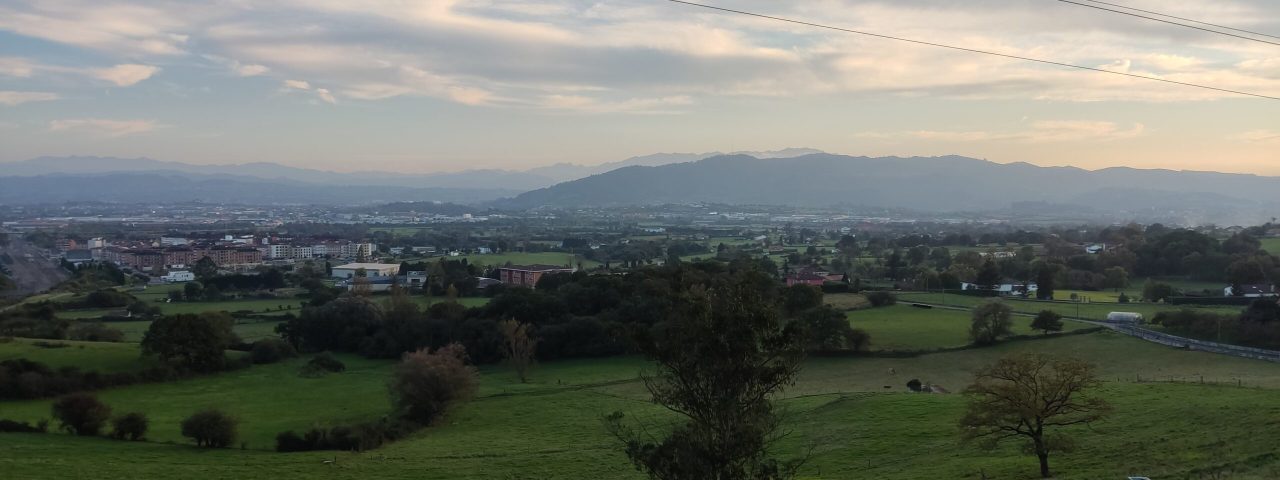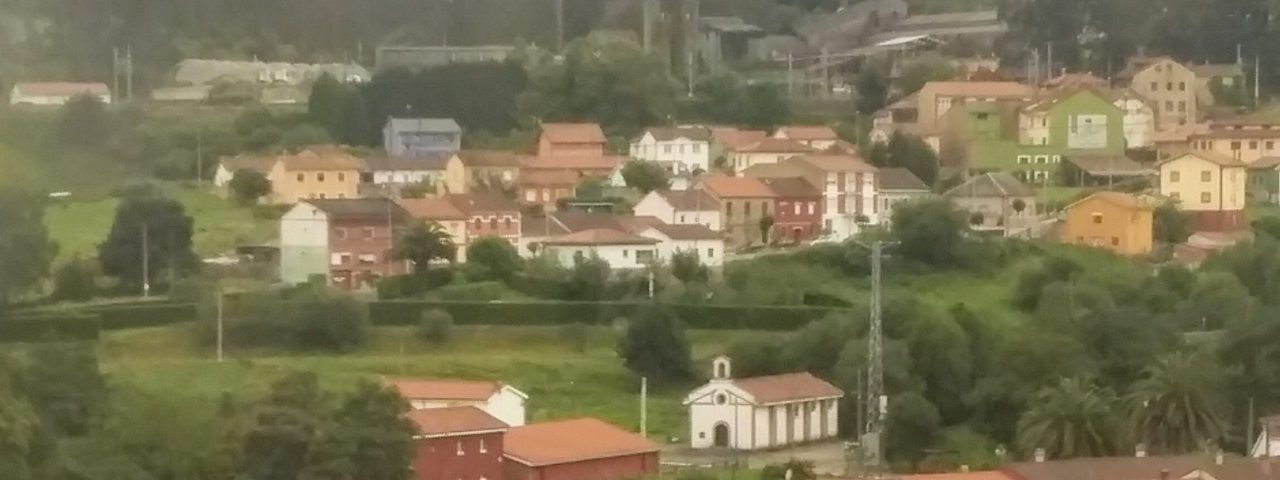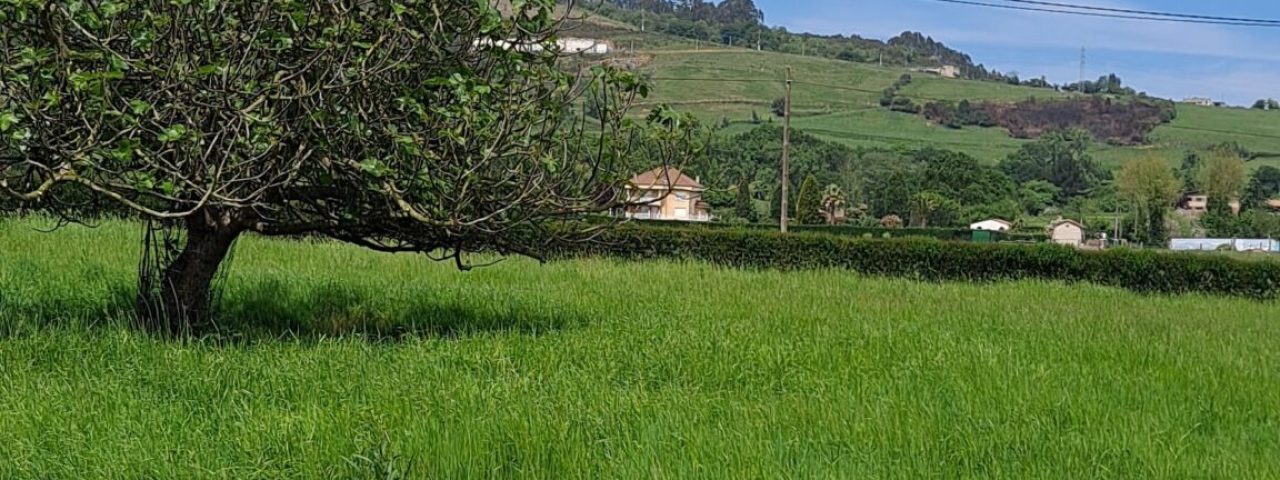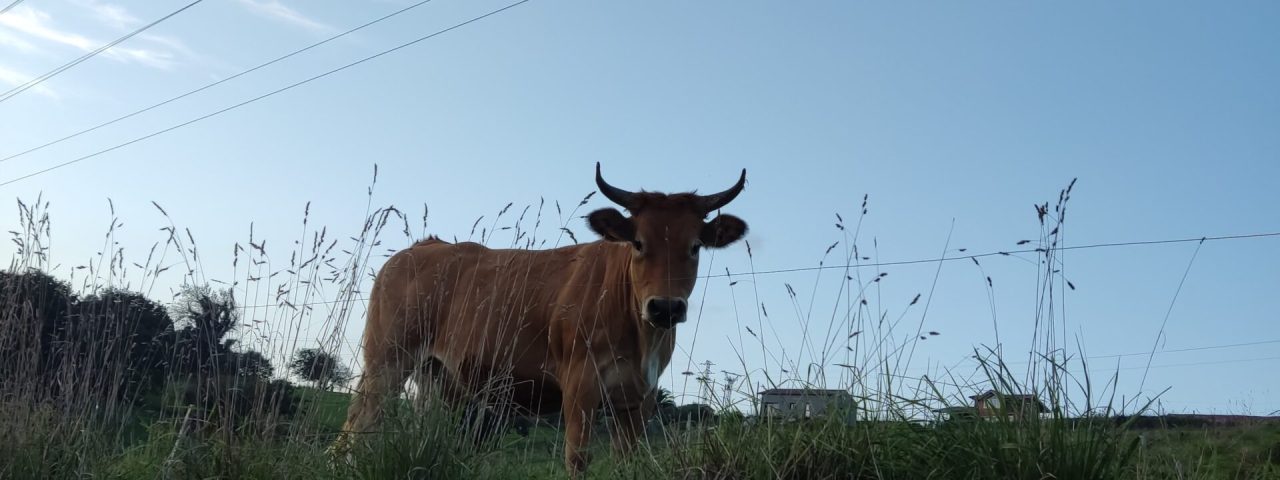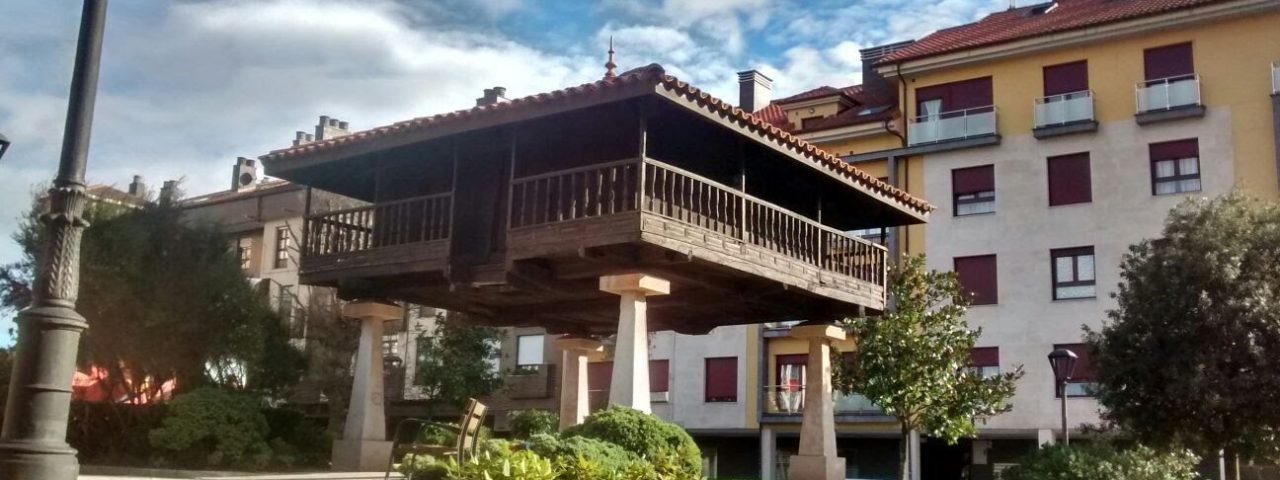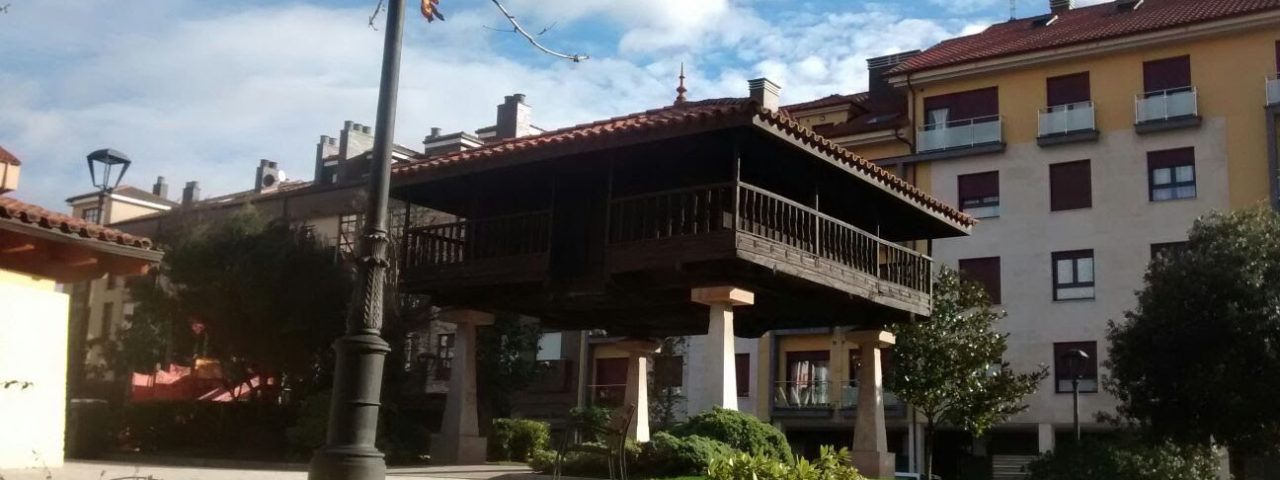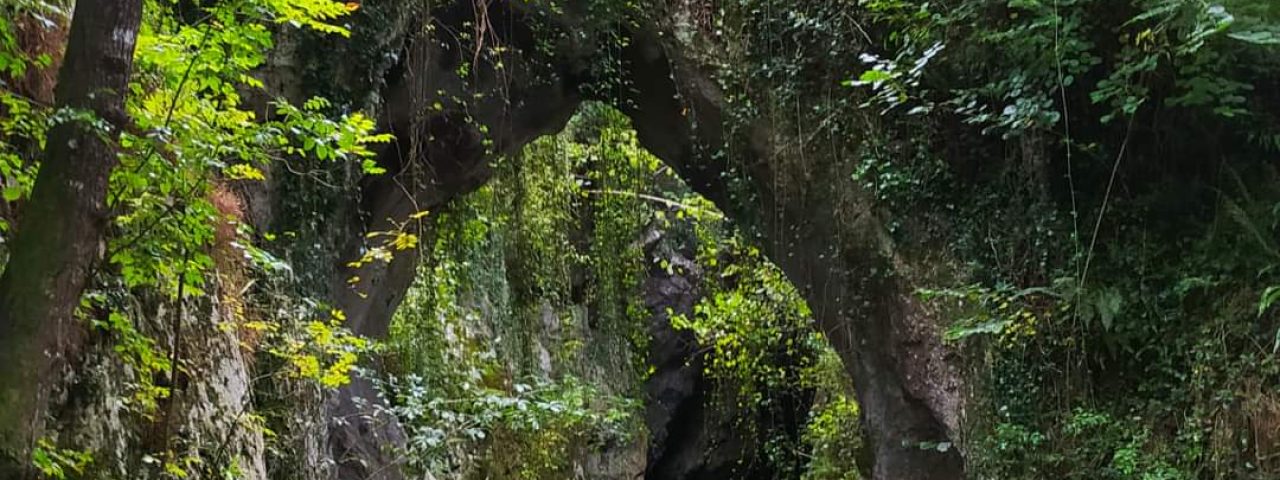Llanera boasts a rich and varied history that mirrors the broader historical currents of Asturias. The area has been inhabited since prehistoric times, as evidenced by archaeological finds in nearby caves. During the Roman period, Llanera was part of the Roman road network that connected the region to the rest of Hispania, playing a role in trade and cultural exchange. The town’s history continued through the Middle Ages, shaped by Christian reconquest efforts and its strategic position between Oviedo and Gijón.
Culturally, Llanera is deeply influenced by the traditions of Asturias. The town celebrates a number of traditional festivals throughout the year, most notably the “Fiesta de San Isidro” in May, which honors the patron saint of farmers and rural communities. During this time, locals gather to enjoy traditional Asturian music, dance, and cuisine. The festival is an excellent opportunity for visitors to experience the rich cultural heritage of the region, with processions, folk performances, and artisanal markets.
Llanera also shares in the pride of Asturian customs, including the famous “sidra” (cider) tradition. Visitors can often witness the unique Asturian way of pouring cider, known as “escanciar,” where the cider is poured from a height to aerate it, enhancing its flavor. This cultural detail, along with the friendly nature of the locals, makes Llanera a welcoming and vibrant place to explore.

